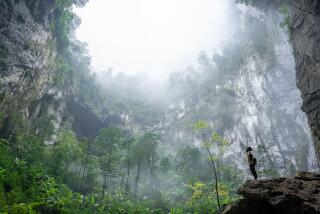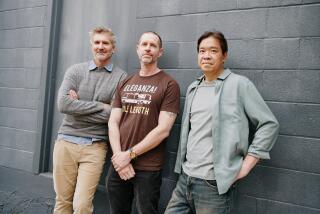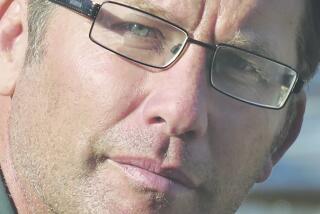‘Planet Earth’ returns for a third installment, focusing on humanity’s effect on nature
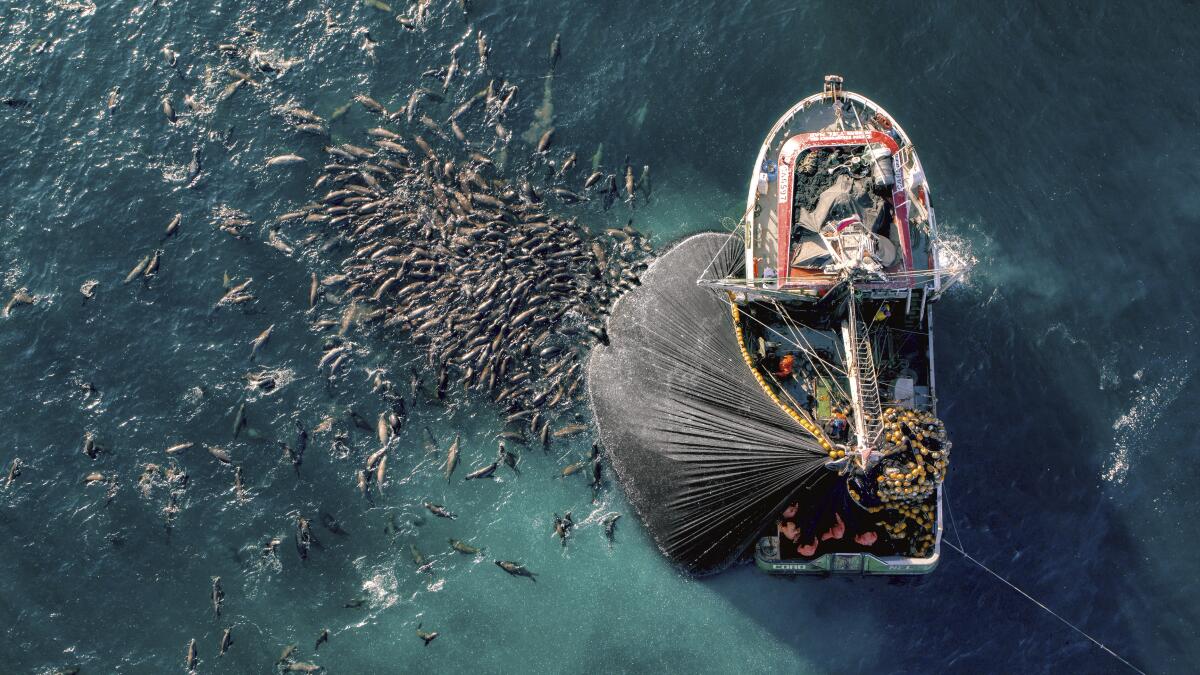
In 2017, “Planet Earth II” executive producer Mike Gunton was whisked off stage immediately after winning a British Academy of Film and Television Arts award for the acclaimed BBC natural history series and led in front of a group of press.
“The first question they asked was, ‘When is “Planet Earth III” coming out?’” Gunton says. “I realized if they were thinking that, everybody was thinking that, so I better get on with it. I went back to my seat and all I had to write with [was] a business card and a pen, but I started scribbling.”
The business card noted a potential air date — 2022 — and an outline for eight episodes. On the front of the card, he scrawled, “We need to do humans.”
Six years later, “Planet Earth III” has arrived — airing Saturday on BBC America and streaming on AMC+ after premiering in the U.K. in October — and most of what Gunton wrote down has been incorporated into the series. It does, in fact, include an episode titled “Human,” which looks at how 8 billion people share the planet with nature.
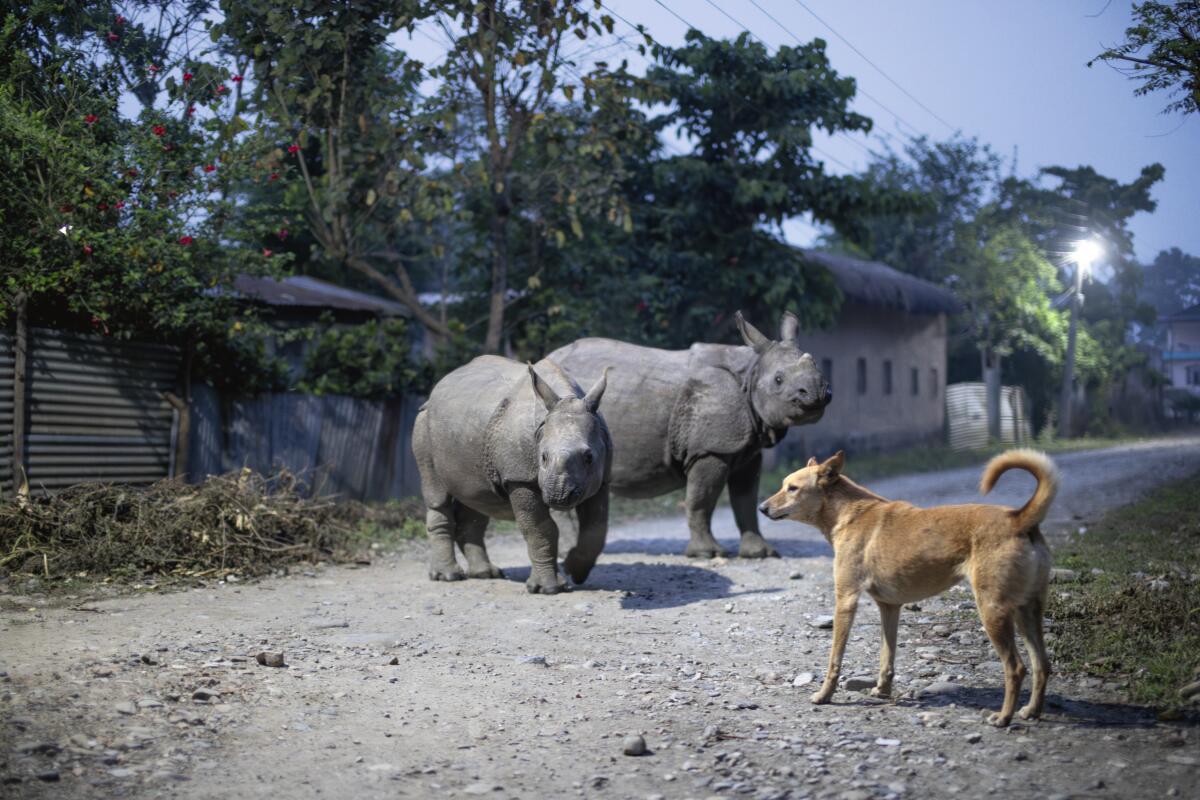
“In the last series we were beginning to reference the fact that these animals don’t live in utter isolation,” Gunton says. “But it was also beginning to show how we are rubbing shoulders with animals and sometimes we don’t even know it.”
A small, scaly baby iguana— no bigger than a chocolate bar— hunkers down on a beach as a snake glides alongside him.
Gunton and his team decided to use “Planet Earth III” as an opportunity to “contextualize our planet as a modern planet Earth.” They wanted to thread humans’ effect on the environment through the episodes, even in remote locations seemingly untouched by people.
“It’s not just about what are we doing to the planet?” Gunton says. “It’s more about, how is life on our planet getting on? How are we reacting? How are the animals adapting? How is the environment responding? Some of the stories are quite hard because there are animals doing badly and environments doing badly. And there are others that are actually doing quite well. I think the real message there is, it’s not simple.”
Creating the episodes
“Planet Earth III” represents five years of work. The eight episodes comprise 134 total shoots across 1,904 shooting days. The filmmakers traveled to 43 countries across six continents, but because of the pandemic, 50 of the shoots were done remotely with the episode directors at home in the U.K. The crew that did travel spent a total of 797 days in quarantines around the world.
“Out of those difficulties came great opportunities,” says series producer Matt Brandon. “We were able to forge relationships with first-class cinematographers and producers in different countries around the world and work with them. In a world where the climate is changing and it’s difficult to predict when a behavior might occur, you [can] have someone ready to go at a moment’s notice.”
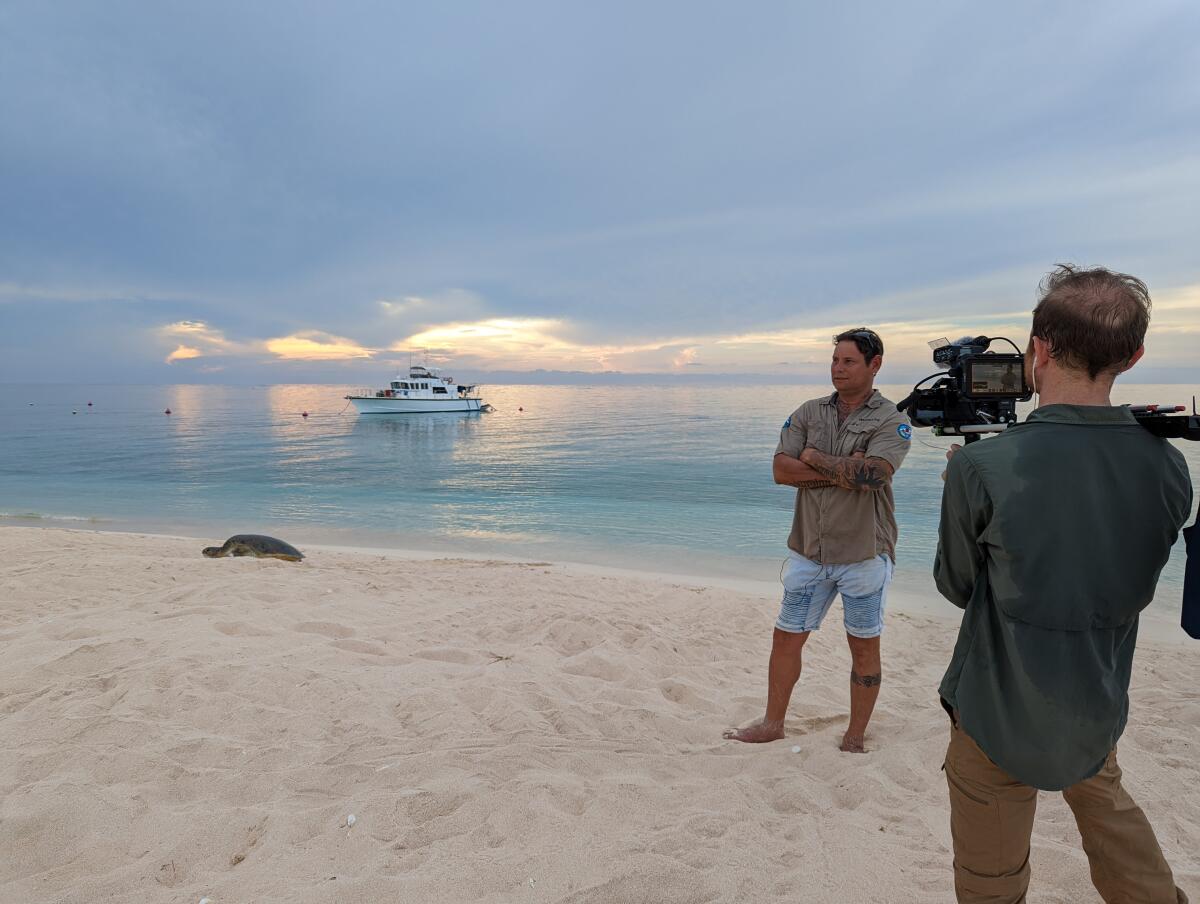
Each episode encompasses a particular habitat or theme. The series opens with “Coasts” and later delves into oceans, deserts and grasslands, forests, extremes and freshwater. The final two episodes, “Human” and “Heroes,” go broader in scope, looking at how animals interact with us in a changing world and those who are taking steps to help.
Gunton explains that despite the addition of this lens, the series still has the “‘Planet Earth’ DNA.” It features unbelievable shots of wildlife and nature with compelling stories. It also doesn’t shy away from more difficult scenes, such as turtles becoming trapped in plastic nets or baby flamingos dying in weather conditions caused by climate change.
“You are going to get your ‘Planet Earth’ tingle,” Gunton says. “It’s just that it’s ringed by a slightly different context.”
Brandon adds that the episodes are simply telling “real stories” and “documenting what’s actually going on on the planet right now.” Each episode carefully balances the triumphs and the challenges.
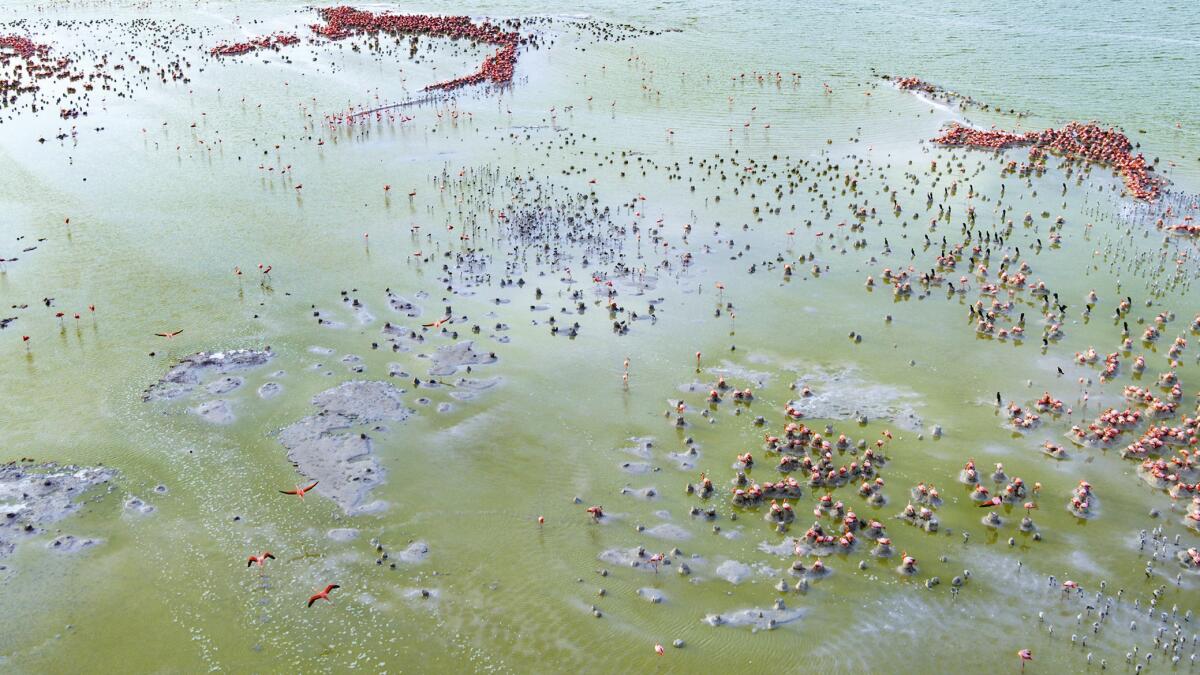
“There are winners and there are losers,” Brandon says. “Some animals are adapting in extraordinary ways and others are finding it far more difficult. That’s tinged with great sadness. But it means that it’s also a great opportunity to show the natural world in a very new way and hopefully start a conversation.”
“It is hard to mix wonder and concern because it’s a bit like oil and water,” Gunton adds. “I’m very pleased and proud of the way we’ve navigated that. It’s shocking at times, but we’ve never taken the position where we point the finger at people. Instead, we’re just saying, ‘This is happening.’”
“Looking down from two miles above the surface of the Earth, it’s impossible not to be impressed by the sheer grandeur and splendor and power of the natural world,” says David Attenborough at the beginning of “Planet Earth II,” the sequel to his landmark 2006 “Planet Earth.”
To host and narrate the episodes, Gunton went back to David Attenborough, whose voice has become synonymous with “Planet Earth.” Attenborough, 97, agreed to return because he felt “Planet Earth III” was revealing something new.
“He brings to it an import,” Gunton says. “You just think to yourself, ‘This is an important statement to make about planet Earth in 2023 and that has to be told by the person who is the most trusted person you can think of.’”
Incorporating humans
For “Planet Earth II,” Fredi Devas directed an episode called “Cities,” about species living in metropolitan environments. It was a natural fit for Devas to take on “Human,” which will air on Dec. 16.
“The main reason I wanted to do it is it’s so dynamic,” Devas says. “It’s not just the landscape that animals are having to inhabit in the human world, but it’s also that they’re having to survive amongst us, [who are] such a dominant species.”
Like in many of the episodes, “Human” spotlights how animals are changing their behaviors based on the presence of people.
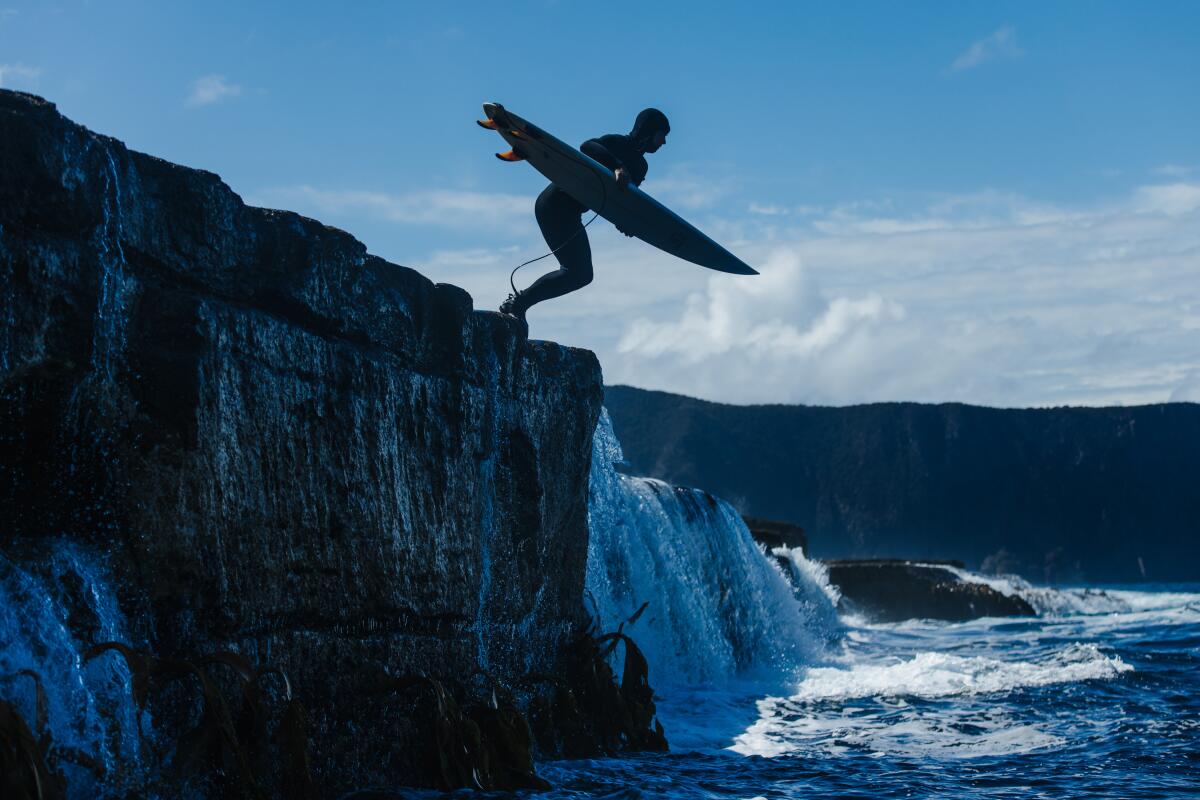
In one sequence, Devas and his team followed macaques at Uluwatu Temple in Bali, where the monkeys have learned to steal glasses, flip-flops and even phones from tourists. They will only return them in exchange for food — a behavior that is relatively new. The episode also showcases ants in New York City that largely sustain themselves on human food and cobras in India that have become less likely to strike because of the residents’ tolerance for them.
The latter half of the episode shifts the focus to the conflicts between animals and humans. Habitat destruction, climate crisis and farming as threats to nature are key themes. But “Human” doesn’t just reveal the problems. It also offers potential solutions, such as pursuing a plant-based diet to free up agricultural land for wildlife.
“That gives me enormous hope because it shows a relatively simple change, something that is already happening, that people are already adopting and that the manufacturers are getting on board with,” Devas says. “With every meal, you can make a difference in the natural world.”
The most challenging shoot was in the Amazon. Devas and his team went there for a month last September to film the destructive wildfires. They worked with volunteer firefighters and each day would chase a new man-made conflagration.
“When the first fire came I found it very, very emotional,” Devas says. “We were seeing birds fly out of a huge area of primary rainforest that had been cut down, let dry and then burned and then the fire spread. What I hadn’t prepared myself for was the next day to try and find a new fire and the next day to find a new fire and a new fire and a new fire.”
Like in the rest of the series, “Human” offers a glimpse of the ups and downs of our connection — and disconnection — with the planet.
“I wanted to give as broad of a picture as possible of the challenges that wildlife face in the human world,” Devas says. “But also a range of emotions so you remember just how beautiful, how hilarious, how wonderful and epic the natural world is. And how [the animals] can be beautiful within a human world as well.”
Inspiring change
By showcasing the spectacle and beauty of nature, the creators of “Planet Earth III” hope to encourage viewers to consider their own impact. For Gunton, a simple takeaway is to “consume less.” The final episode, “Heroes,” celebrates several people who are doing extraordinary things to fight to preserve wildlife and ecosystems for the future.
The creators hope “Planet Earth III” will provoke awe, but also discussion.
“While we’re talking about the things that are happening on the planet and how we are having an impact, it’s very, very important that there is a sense of hope,” Brandon says. “Without that there can be no action. We’ve got the ways to make change, we just need the will.”
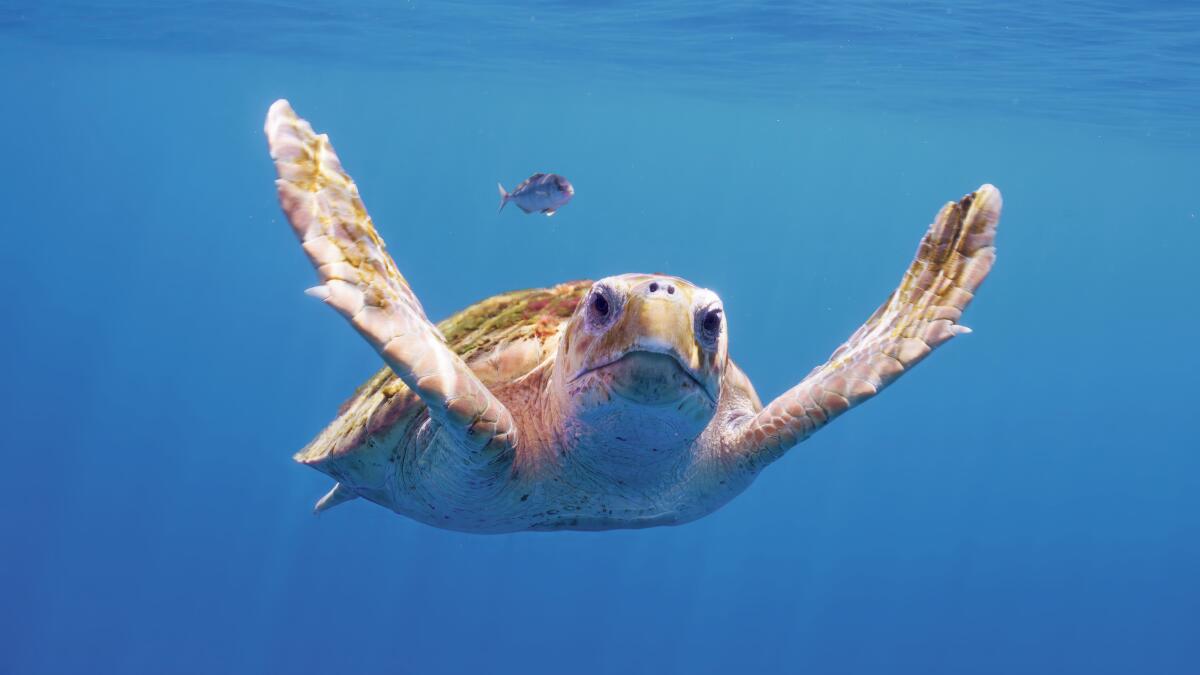
The impressive scope of the series reflects the complexity of the situation. Gunton underscores that none of what is presented onscreen is simple or exists in black and white. Human interactions with the natural world are nuanced, but the impact is undeniable.
“We can’t put the genie back in the bottle,” Gunton says. “Our actions will have consequences. We have to accept whether we are prepared to live with those consequences, or whether we want to change those actions and therefore change those consequences.”
More to Read
The complete guide to home viewing
Get Screen Gab for everything about the TV shows and streaming movies everyone’s talking about.
You may occasionally receive promotional content from the Los Angeles Times.
